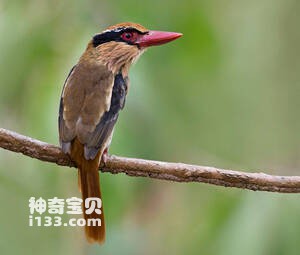
Cittura cyanotis
Cittura cyanotis,Sulawesi Blue-eared Kingfisher,Celebes flatbilled kingfishe
The species is known as Cittura cyanotis, Sulawesi Blue-eared Kingfisher, Ce···
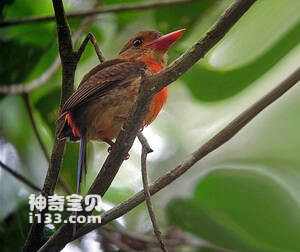
Tanysiptera danae
Tanysiptera danae,Brown-backed Paradise Kingfisher
Tanysiptera danae, Brown-backed Paradise Kingfisher, is a very beautiful kin···
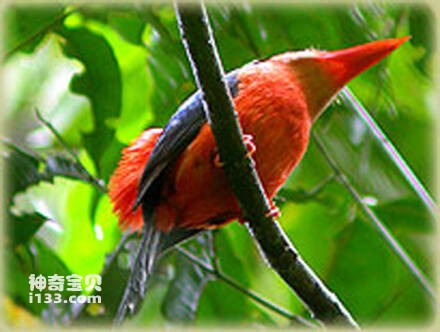
Tanysiptera nympha
Tanysiptera nympha,Red-breasted paradise kingfisher
Tanysiptera nympha, Red-breasted paradise kingfisher, is a brightly colored ···

Tanysiptera nigriceps
Tanysiptera nigriceps,Black-capped Paradise Kingfisher
Tanysiptera nigriceps, the foreign name Black-capped Paradise Kingfisher, th···
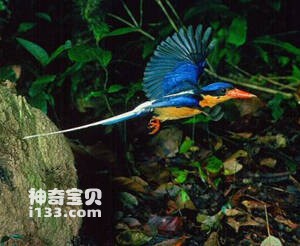
Tanysiptera sylvia
Tanysiptera sylvia,Buff-breasted paradise kingfisher
Tanysiptera sylvia, Buff-breasted paradise kingfisher, has 4 subspecies.A co···
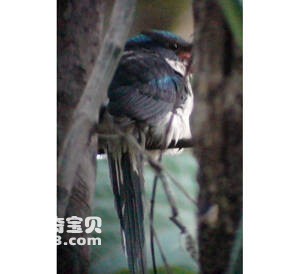
Tanysiptera hydrocharis
Tanysiptera hydrocharis,Little paradise kingfisher
The scientific name Tanysiptera hydrocharis, the foreign name Little paradis···
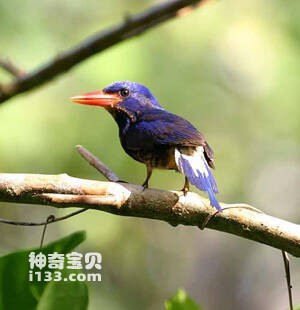
Tanysiptera carolinae
Tanysiptera carolinae,Numfor Paradise Kingfisher
Blue fairy jade scientific name Tanysiptera carolinae, foreign name Numfor P···
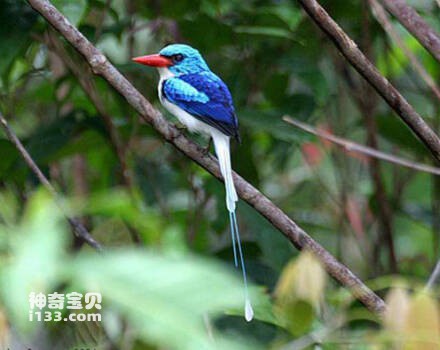
Tanysiptera riedelii
Tanysiptera riedelii,Biak paradise kingfisher,Riedel’s Racquet-tail,Biak Paradise-kingfisher
Biak emerald Tanysiptera riedelii, Biak Paradise kingfisher, Riedel's Ra···
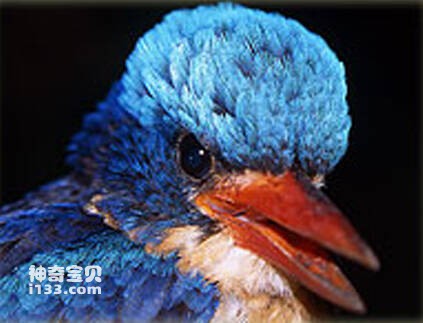
Tanysiptera ellioti
Tanysiptera ellioti,Kofiau Paradise-kingfisher
Black-winged emerald Tanysiptera ellioti, foreign name Kofiau Paradise-kingf···

Tanysiptera galatea
Tanysiptera galatea,Common Paradise-kingfisher
Tanysiptera galatea, Common Paradise-kingfisher, has 15 subspecies.The fairy···
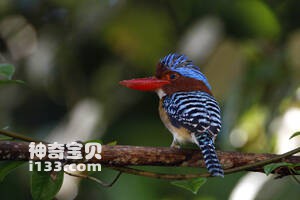
Lacedo pulchella
Lacedo pulchella,Banded Kingfisher
It is known as Lacedo pulchella and has three subspecies。The song of the ba···
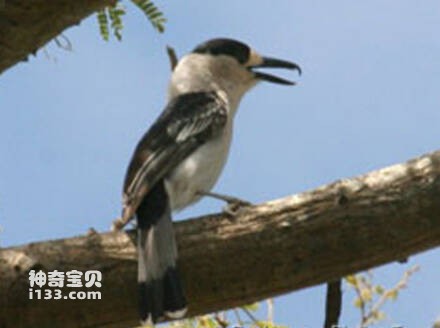
MeliMelidora macrorrhinadora macrorrhina
MeliMelidora macrorrhinadora macrorrhina,Hook-billed Kingfishe
MeliMelidora macrorrhinadora macrorrhina, also known as Hook-billed Kingfish···
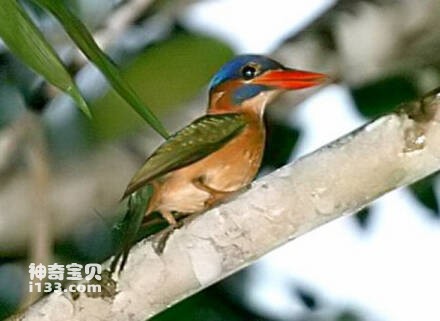
Actenoides hombroni
Actenoides hombroni,Blue-capped Kingfisher,Hombron's kingfisher
The Blue-capped emerald Actenoides hombroni, also known as Blue-capped Kingf···
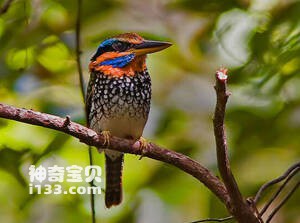
Actenoides lindsayi
Actenoides lindsayi, Spotted wood kingfisher
Actenoides lindsayi, Spotted wood kingfisher, has two subspecies.The emerald···
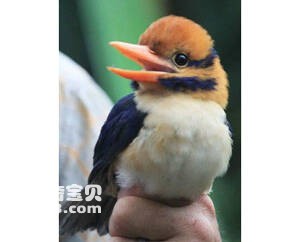
Actenoides bougainvillei
Actenoides bougainvillei,Moustached kingfisher
The scientific name Actenoides bougainvillei, the foreign name Moustached ki···
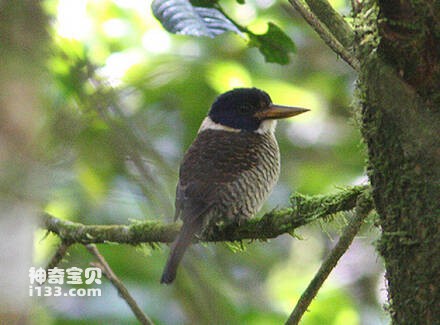
Actenoides princeps
Actenoides princeps,Scaly-breasted kingfisher
Actenoides princeps, or Scaly-breasted kingfisher, has three subspecies.Jade···
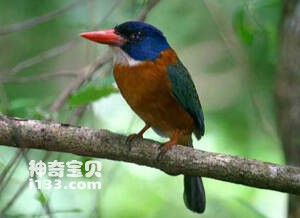
Actenoides monachus
Actenoides monachus,Green-backed Wood Kingfisher
Actenoides monachus, Green-backed Wood Kingfisher, has two subspecies, one o···
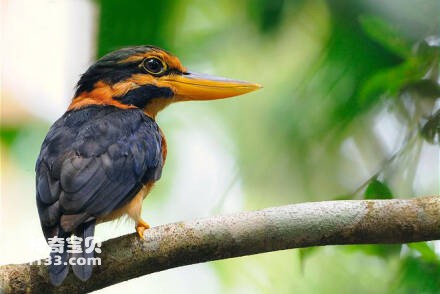
Actenoides concretus
Actenoides concretus,Chestnut-collared Kingfisher
Actenoides concretus, Chestnut-collared Kingfisher, has 3 subspecies.Chestnu···
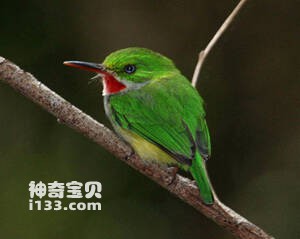
Todus mexicanus
Todus mexicanus,Puerto Rican Tody
Todus mexicanus, Puerto Rican Tody, Puerto Rican Tody, Puerto RicoProtect wi···
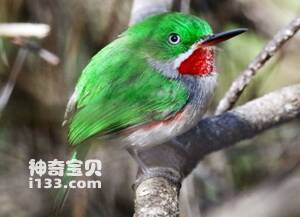
Todus angustirostris
Todus angustirostris,Narrow-billed Tody
The scientific name Todus angustirostris, foreign name Narrow-billed Tody, s···
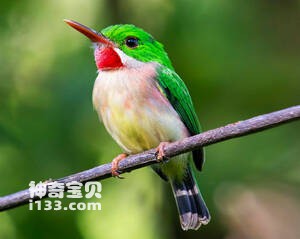
Todus subulatus
Todus subulatus,Broad-billed Tody
The scientific name is Todus subulatus, the foreign name is Broad-billed Tod···
